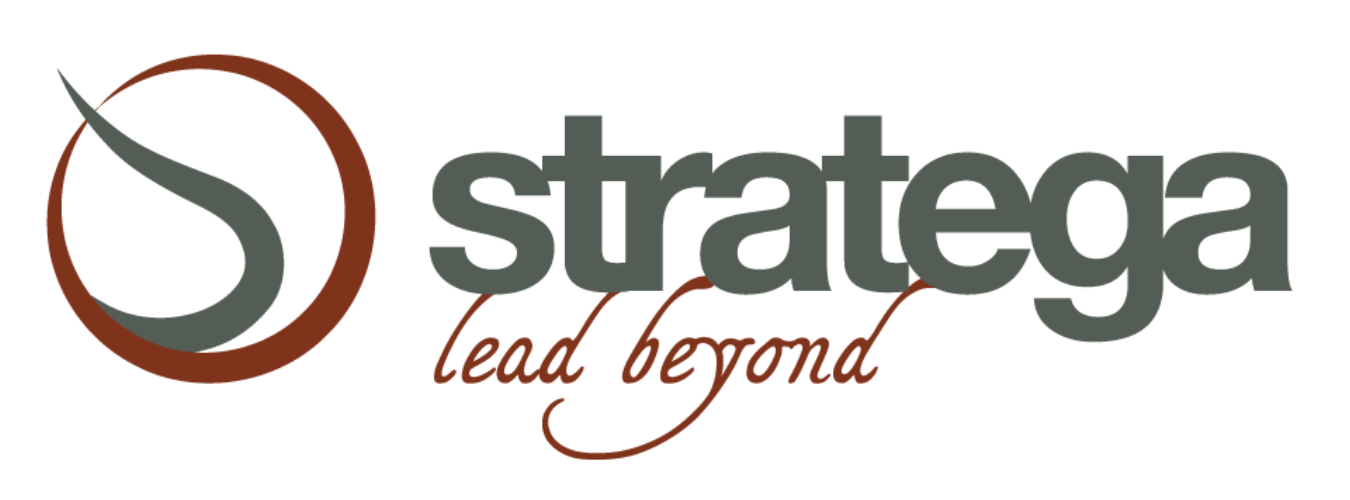Strategies for developing leadership skills and preparing future leaders within an organization.
In a world where organizations face increasingly complex and changing challenges, putting the focus on leadership development is a key element in ensuring long-term survival and success. In nearly half of organizations, leaders are not adequately prepared to address strategic challenges.
The first step in building winning leadership is to first understand that it is not an innate superpower, but consists of a set of skills that can be learned and developed over time.
At Stratega, we offer leadership development solutions that can help improve individual performance and business results. In this case, the magic words are: training, consulting and mentorship.
Helping leaders develop their skills and gain the knowledge they need to manage change effectively means investing in the success of their organization.
THE EVOLUTION OF THE LEADER
They don’t make plans, they don’t solve problems; they don’t even organize people.
What leaders really do is prepare organizations for change and help them deal with it.
The world is changing rapidly, and along with it, so is the concept of leadership. In the past, leaders were often seen as individuals who held authority and power, but today we are seeing a transformation: new leaders are focusing on creating an environment in which people feel motivated and involved and work together to achieve common goals.
New generations of leaders, such as Millennials and Gen Z, are introducing a new vision of sustainability and work-life balance to the world of work. Young leaders have grown up in historical context where these issues are a global priority, and they are deeply motivated to create a positive impact in the world through their actions.
For these leaders, sustainability is not only an environmental issue, but also a matter of social responsibility and economic impact. They understand that organizations can generate value not only for their shareholders, but also for their employees, society, and the environment. As a result, they expect the companies where they work to adopt sustainable and responsible policies, and to make employee welfare a priority.
They are also much more attentive to the issue of work-life balance, that is, the ability to balance the demands of professional and private life-there is a greater awareness that this balance has enormous benefits for an individual’s health and well-being. An optimal business climate coupled with work-life balance turns out to be among the most enticing elements for today’s young workers. A serene and stimulating environment increases productivity, improves performance, and makes it easier to achieve short- and long-term goals.
NEW CHALLENGES FOR NEW LEADERS
Changing demographics and the evolving labor market pose real challenges for today’s businesses.
With most boomers approaching retirement age, many companies risk losing an unparalleled wealth of experience and knowledge. In addition, the “Great Resignation” phenomenon is spreading rapidly, with many highly skilled workers leaving their jobs in search of new opportunities for professional growth and development. Thanks to increasing job mobility, workers expect more from the companies they work for, requiring them to make a large investment of time and resources to retain their talent.
To meet these challenges, leaders must understand the new professional dynamics and develop effective strategies to incentivize and retain employees through internal company growth programs. Creating a corporate culture focused on collaboration, innovation and teamwork can help to retain talent and motivate employees to perform at their best.
WHY IS LEADERSHIP DEVELOPMENT SO IMPORTANT?
Effective leadership development programs benefit individuals, teams and companies. They can also directly affect financial performance, but the possible impact on employee morale, commitment, and goals is even more important.
Successful organizations understand the importance of finding talent in-house rather than hiring outsiders and invest in leadership development programs to grow their leaders. This helps reduce the dropout rate and improve financial performance, as well as effectively manage change in times of crisis.
HOW TO DEVELOP LEADERSHIP
In the past, corporate leadership development programs followed a universal model, but today we have come to the conclusion that this type of approach is not the most effective. In fact, when we analyzed the ROI (return on investment) of different programs, we found that making development plans tailored to different companies brings far better results. This maximizes effectiveness and allows leaders to develop and reach their full potential.
A “one size fits all” approach does not take into account the diversity and specificities of the people involved; it is important to customize the leadership development process to meet the specific needs of leaders and potential leaders within the organization.
There are several strategies that can be adopted to develop leadership skills and prepare future leaders. First, it is important to identify existing talent and potential within the organization.We assume that we all have the skills to be leaders, but that does not mean that we all can be leaders or want to be leaders. We must therefore start with an initial phase of skills assessment, job observation, and analysis of past performance.
Once potential leaders have been identified, it is necessary to carry out an assessment of what are the soft and hard skills they have, from which it is possible to develop customized growth processes that can include training, coaching and mentoring activities in order to deepen and increase these skills.
Training activities are designed to provide leaders with the specific knowledge and skills needed to perform their role. Coaching and mentoring help leaders develop their self-esteem, identify their strengths and weaknesses, and find ways to overcome challenges. A reward system can also be introduced to support these activities so as to incentivize people to action.
As for Stratega, our Leadership and Change Management process supports people at all levels of the organization. The goal is to facilitate change and innovation and encourage the active participation of all members, ensuring the involvement of all necessary personnel and overcoming the mental barriers that limit the creative and innovative process.
FACES CHANGE
Successful companies do not wait for leaders to arrive. They actively seek out people with leadership potential and expose them to experiences designed to develop that potential.
Ultimately, leadership development and change management are two closely interrelated issues that organizations must address if they are to remain competitive in a rapidly changing marketplace. Only through the adoption of a modern view of leadership and a culture of agility and flexibility can organizations hope to compete and thrive in an increasingly complex and dynamic world of work.






